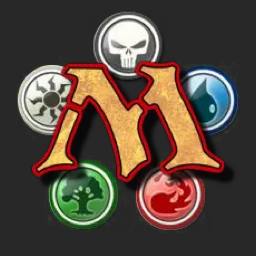

Ok. Thank you for the explanation!
I’m just now thinking out los here, but would it make sense to use a PowerShell script to silently install miniconda and create a venv with a specific version?
Something like
@echo off
REM Download Miniconda installer (replace URL with the latest version)
powershell -Command "Invoke-WebRequest https://repo.anaconda.com/miniconda/Miniconda3-latest-Windows-x86_64.exe -OutFile miniconda.exe"
REM Install Miniconda silently
start /wait "" miniconda.exe /InstallationType=JustMe /RegisterPython=0 /S /D=%UserProfile%\Miniconda3
REM Create a new environment with the specific Python version
call %UserProfile%\Miniconda3\Scripts\activate.bat
call conda create -y -n py39 python=3.9
REM Optional: Set permissions for multi-user access
icacls %UserProfile%\Miniconda3 /grant:r Users:(OI)(CI)F /T
More on that here https://docs.anaconda.com/anaconda/install/silent-mode/
Again, this is just an idea, but if this works then you won’t have a problem anymore (maybe?).





I use Nikola and it hasn’t let me down. It just works and supports all the ways I write content: markdown, asciidoc, rest, Jupiter Notebooks, html and so on. It does not have so many themes, but the default one works and it’s not hard to customise if needed. If you like to use python it’s also easy to extend. I’ve written a bit about Nikola here in case it picks your interest.
I’ve deployed it to CloudFlare pages, but GitHub pages, Gitlab pages and any other provider also work.